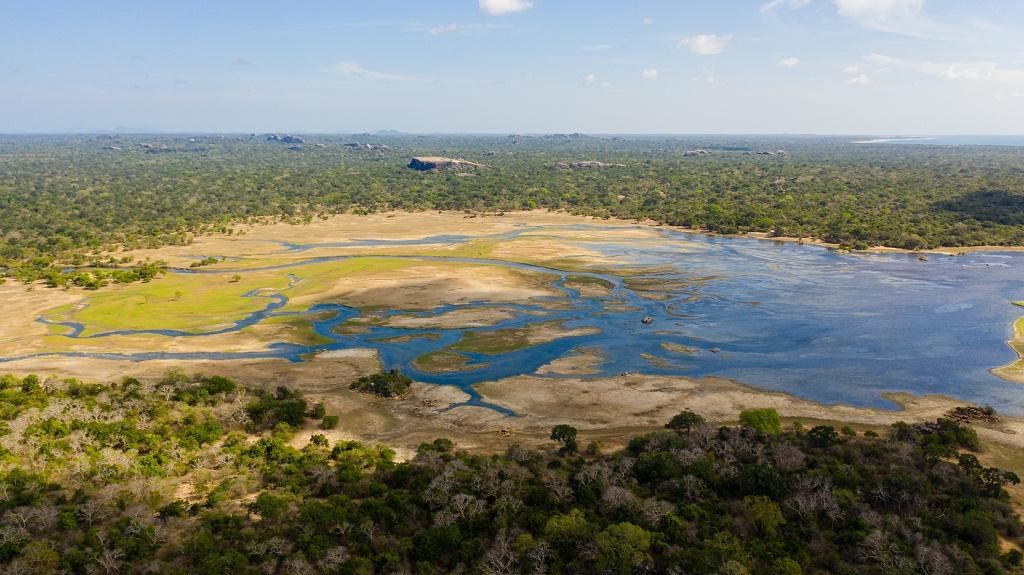Free Courses Sale ends Soon, Get It Now


Free Courses Sale ends Soon, Get It Now



Disclaimer: Copyright infringement not intended.
Context
Findings of the research
About Salt Marshes
Global Distribution
Indian Distribution and Species
Ecosystem Services of Salt Marsh
Salt Marsh Vulnerability
|
PRACTICE QUESTION Q) Salt marshes provide a unique habitat for a large number of species that cannot survive in other habitats. Therefore, they are an essential element in our ecological structure. Discuss. (250 words) |
© 2024 iasgyan. All right reserved